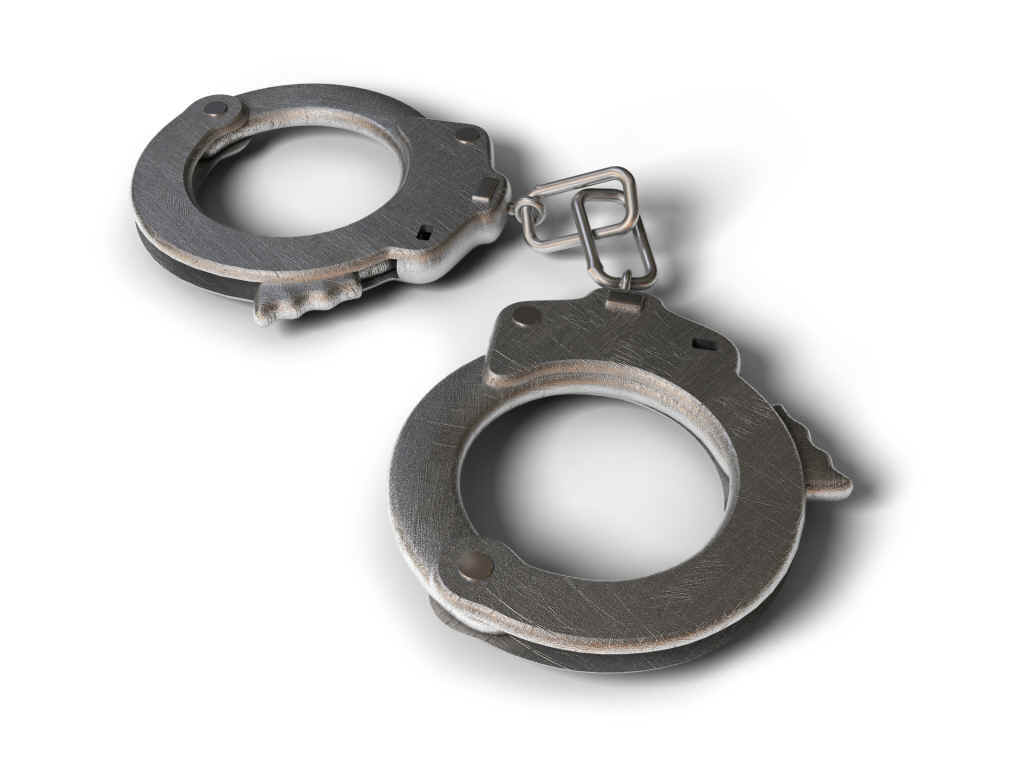
|
| Prisoner patient security is a growing concern of healthcare facilities. An IAHSS study shows that removal of restraints is a major cause of problems. |
Healthcare security and safety executives have more in common than they have differences and share more of their core mission than enterprise security leaders serving other industries.
For example, Justin Hawkins, who attended the International Association for Healthcare Security & Safety (IAHSS) annual meeting as a student ambassador representing American Military University (AMU), notes three common elements: “Increased violence in hospitals, security focus of forensic (prisoner) patients and maintaining compliance with the numerous healthcare regulatory agencies.”
While location and specific medical missions may vary, security services commonly include:
- Campus patrols;
- Emergency car maintenance services, such as accidents, lock-outs or jump-starts;
- Accompanying patients, visitors or employees to their vehicles after regular visiting hours or whenever necessary;
- Policy enforcement;
- Traffic control;
- Campus access, including after-hours admittance through the emergency department; and
- A state-of-art security system in place.
A few months after the 2012 annual meeting, IAHSS said it was joining forces with AMU to present a multitude of programs and initiatives aimed at promoting education and training in the healthcare security community. Founded in 1991, AMU is a fully accredited online university offering six-course certificate programs along with associates, bachelors and masters degrees in a variety of fields including security management, IT security, emergency/disaster management, intelligence studies and homeland security.
Neglect was a term widely used in all the IAHSS talks, Hawkins reports, adding healthcare environments fear the word “neglect” and professionals work daily to ensure their facility is not negligent. Many regulatory agencies guide the modern healthcare environment via thousands of documented rules and regulations. The healthcare industry is one of the most heavily regulated industries in the world, concludes Hawkins.
Concerning prisoner patient security in hospital settings, IAHSS research has shown that 2 percent of escapes resulted in a public death, 26 percent resulted in corrections officer injuries, 2 percent resulted in staff or visitor injuries and another 2 percent resulted in healthcare security injury. The removal of restraints was cause for 68.7 percent of all escapes in 2011. “Maintaining adequate policies for prisoner treatment is essential to mitigate the risk of escape. It is up to the individual healthcare facilities to implement these plans. By utilizing the best practices as outlined by the IAHSS, it is possible for a facility to maintain the industry standard,” reports Hawkins in an AMU blog.


